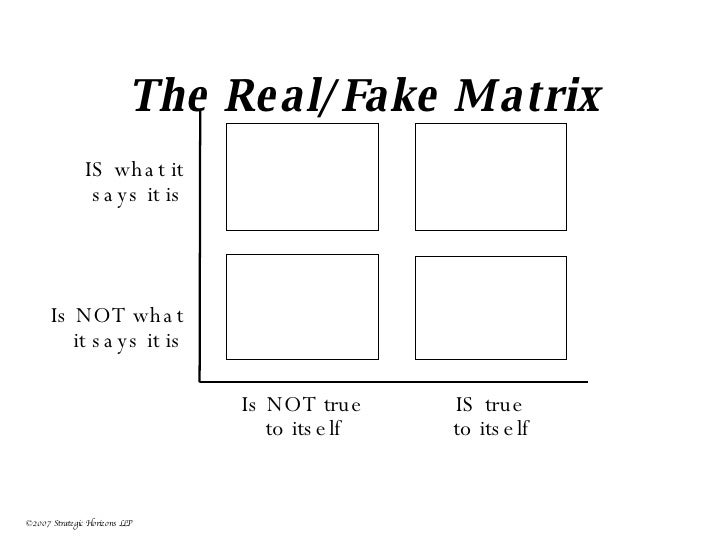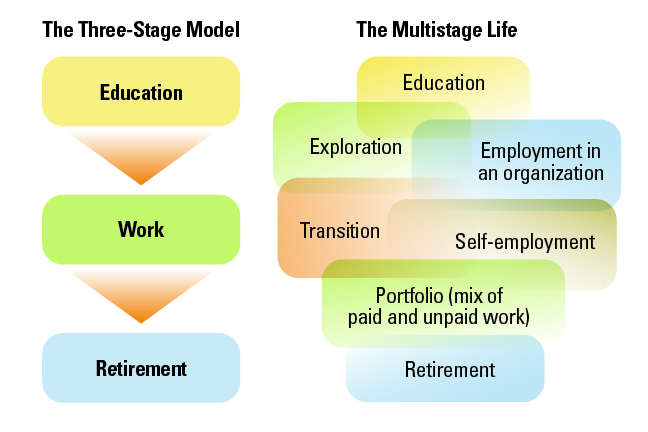Parte I.
"Here’s a step-by-step guide to process improvement,Trechos retirados de "An 8-step guide for improving workplace processes".
...
1. Identify problems .
First, you need to find the problems.
...
Problems can’t be solved if nobody acknowledges they exist, and research shows that the longer problems linger, the harder they are to fix
...
2. Establish the backlog.
Next, ask people to write down as many processes as they can think of that are plaguing them, one issue per Post-It Note. ... Duplicates were stacked on top of each other to make it clear that several people thought it was a pressing issue.
...
The backlog made problematic processes less nebulous,
...
3. Load up the queue.
Decide what processes you are going to improve, and in what order.
...
Early phases of process improvement should focus on low-hanging fruit, or small changes that are relatively easy to implement.
...
4. Map the current process.
For the first process, make your work visual by drawing a map of the entire process, from beginning to end, on a whiteboard.
.
Employees should avoid mapping the process as they think it should be, Norton said, and be sure to truthfully outline the current state of things.
...
5. Identify one small change.
As a team, identify one small way to improve the process. It is best to address areas with ambiguous hand-offs, misaligned incentives, or based on “we’ve always done it this way” mentality, Norton and Kimball said.
.
Suggested changes are best coming from those directly involved in a process. “If leadership pushes solutions onto the team, they may be misaligned and nobody’s going to carry them out,” Kimball said. “Let the people doing the work give it a try, and see what they organically come up with.”
.
Small, incremental changes are a key to the process. “We’re big believers [that it is] much better to do successful small projects and build momentum rather than try to change everything at once,” Repenning said. “If we can do a quick-win project, we get some confidence, we’re heading in the right direction … Because maybe we generated some small result, but also in that little project you learned an enormous amount that will make you more productive in the second one.”
.
6. Do the experiment.
Implement the proposed change and see it through for five iterations.
...
7. Look back and celebrate success.
After the experiment had been completed five times, gather to determine if the experiment was successful.
...
No matter the outcome, Norton and Kimball said teams should celebrate with things like a celebratory lunch or small giveaways after their first process improvement attempt.
.
8. Repeat.
After celebrating success, it’s time to move on to the next process in the queue. Process improvement isn’t a one-time thing, the researchers said, and instead represents a cultural shift."



























